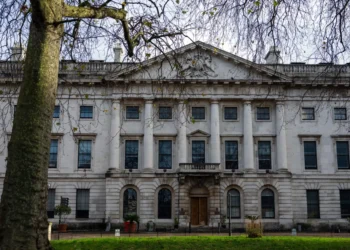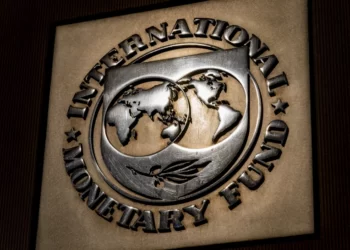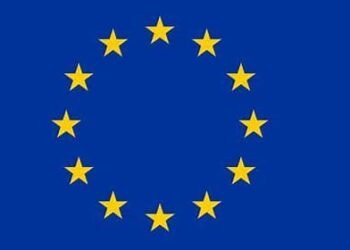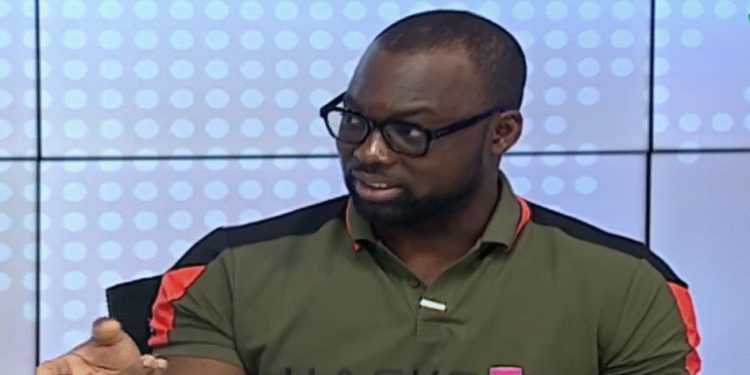The UK’s yearly inflation rate dropped slightly less than anticipated last month, hitting 3.2%. This makes it trickier to predict when the Bank of England might make its first move to lower interest rates.
Data from the Office for National Statistics (ONS) revealed that in March 2024, inflation kept easing from 3.4% in February 2024. This marks the lowest level since September 2021, mainly because food prices didn’t increase as much as they did a year ago.
However, the decrease wasn’t as significant as the 3.1% forecasted by experts and the Bank. This has led to speculation in the markets that the Bank of England might delay cutting interest rates until later in the year, as high inflation persists.
Investors reacted to the March inflation figure by scaling back their predictions for an immediate drop in borrowing costs. Now, the money markets are estimating the first quarter-point rate cut might happen in either September or November this year.
Just a few weeks ago, investors were eyeing a potential rate cut as early as June 2024.
The Bank of England increased interest rates to 5.25% in an effort to bring down CPI inflation to its target of 2%.
However, Megan Greene, an independent economist on the Bank’s nine-member rate-setting committee, cautioned on Wednesday that recent tensions in the Middle East could pose a risk to achieving this goal. This could occur by fueling inflation expectations.
“I do think that what’s going on in the Middle East does pose a risk,” Greene told the Institute of International Finance.
“I’m worried about the sort of an energy price shock and other supply-side shock, which obviously follow a number of supply-side shocks we’ve seen over the past couple of years, and what that might do to inflation expectations.”
Megan Greene
Food And Drinks’s Cooling Effect
ONS highlighted that the main factor behind the decrease in inflation was the cooling of food and drink prices, particularly a drop in the prices of bakery items like chocolate biscuits and crumpets.
However, this decline was counterbalanced by increasing fuel prices and persistently high inflation in service costs. It’s important to note that a reduction in the inflation rate doesn’t imply that prices are decreasing, but rather that they are increasing at a slower pace.
The latest data revealed that consumer prices are still climbing across various categories. For instance, car insurance costs surged by nearly 30% compared to the previous year.
Additionally, the prices of mobile phones and broadband packages saw significant increases, along with rising costs for hotels and alcoholic beverages like beer.
Rachel Reeves, the shadow chancellor, said the figures showed households remained worse off. “Prices are still high in the shops, monthly mortgage bills are going up and inflation is still higher than the Bank of England’s target.”
The chancellor, Jeremy Hunt, said, “The plan is working: inflation is … down from over 11% to 3.2%, the lowest level in nearly two and a half years, helping people’s money go further.”

The most recent report from the ONS revealed that core inflation, which excludes energy, food, and tobacco prices and is closely monitored by the Bank of England, slowed down to 4.2% from 4.5% in February.
However, it remained higher than what City economists and the Bank had anticipated.
Meanwhile, services inflation, another crucial metric monitored by the Bank, saw a slight decrease to 6% from 6.1% the previous month. Nevertheless, it was still slightly higher than the predictions.
Many economists anticipate a significant drop in inflation when April’s figures are released next month. This drop could bring inflation below the Bank’s 2% target.
This expectation comes after a notable decrease in household gas and electricity bills, dropping to their lowest level in two years.
READ ALSO: Israel To Make Its Own Security Decisions























